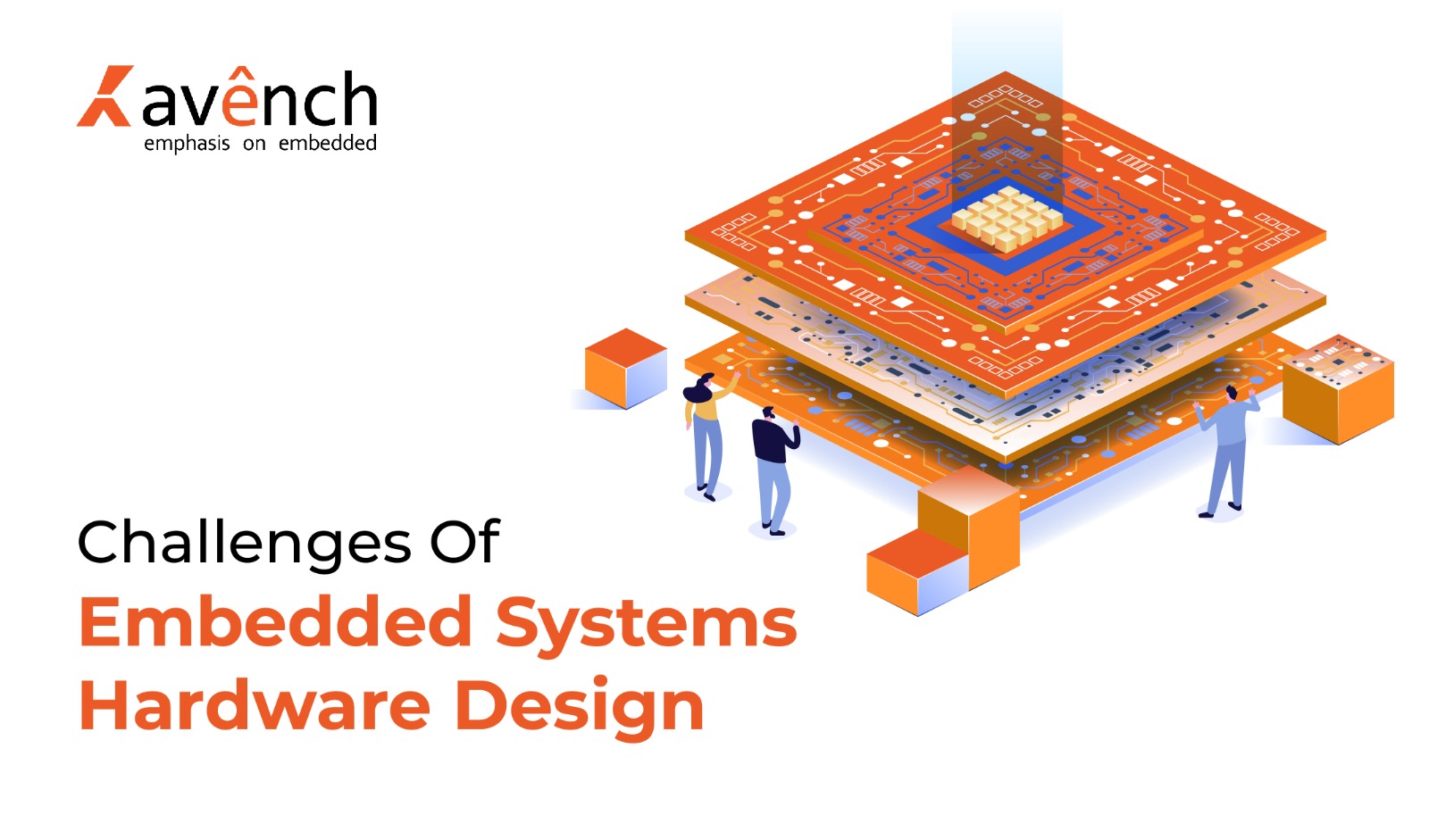Embedded system hardware design requires a high degree of subject matter expertise and engineering skills. It is widely regarded as one of the most important complex fields in systems design. While older embedded systems relied on external chips and circuits, modern embedded systems are based on microprocessors with integrated processors and memory.
It is important to plan your hardware design systematically, giving your team ample time to consider each step, and beginning with the basics before moving on to more advanced functions.
Challenges Of Embedded System Hardware Design
 Because Embedded system hardware design is so complex, they present a unique set of challenges that require careful consideration and expertise to overcome. Before beginning the project, consider the following challenges you may face:
Because Embedded system hardware design is so complex, they present a unique set of challenges that require careful consideration and expertise to overcome. Before beginning the project, consider the following challenges you may face:
Complexity in Requirement Analysis:
Understanding and analyzing the requirements of embedded systems can be challenging. The need to meet specific functionalities within given constraints requires a comprehensive understanding of both the application domain and the technological landscape.
Prototyping and Testing Complexity:
Developing prototypes involves translating design into a physical form and testing its functionality. Identifying and rectifying errors during this phase can be time-consuming and resource-intensive.
Firmware-Hardware Integration Issues:
Integrating firmware with the hardware poses challenges, as any discrepancy between the two can result in extensive debugging efforts. Coordinating the development of firmware and hardware components requires meticulous attention to detail to ensure seamless integration.
Lifecycle Management:
Managing the lifecycle of embedded system hardware involves considerations for long-term reliability, maintenance, and potential hardware upgrades. Planning for future changes and ensuring hardware longevity pose ongoing challenges.
Top 6 Steps for Successful Embedded System Hardware Design:
Analysis of Requirements – The first and vital stage in embedded system hardware design is to collect and analyze the requirements of the product and list them into specifications. It is vital to focus on every single requirement from your respective client or manager.
Schematic – The hardware designers can commence building the schematic after understanding the complete requirements and translating those into specifications. At this crucial stage, it is a challenge for the design team to choose the right microcontroller and other related components for the circuit. The heart of the embedded system is known as the microcontroller, and many things such as peripherals, power consumption, memories, speed, and cost have to be considered before arriving at the final decisions.
Printed Circuit Board (PCB) – After the schematic process is completed the next vital task is to design the Printed Circuit Board for the embedded system. PCB design is a critical process and the designer needs to apply robust practices for manufacturability, functionality, and reliability. When working on a mixed-signal circuit or high-speed microcontroller,PCB design gets complicated. High-speed results in problems related to mixed-signal designs and electromagnetic interference (EMI) that require efficient noise-coupling mitigation, and ground separation measures.
Prototype – You will need to work on the prototypes, once the Printed Circuit Board (PCB) layout passes the Design Rule Checking (DRC) test which is free from error. It includes the time taken for developing any systems and testing them.
Firmware Development – Embedded system design includes the hardware that is only part of the equation. At this stage, firmware designers bring the hardware to life by using code to make it work. Practically, any single misplaced line of code results in many hours of debugging, and overall developing firmware is still a time-consuming process.
Testing & Acceptance – An ideal embedded product design has to pass stringent tests before its design is approved for deployment or manufacturing. The Embedded system needs to pass the functionality test cases and the circuit must be well tested for reliability.
Conclusion
Successful embedded system hardware design involves a meticulous process, from requirements analysis to testing and acceptance.
Avench, as one of the leading embedded companies in the United States, specializes in embedded product design. For more information on embedded product development life cycle, subscribe to our blog. For sales queries, contact us at +1 (775) 404-5757 or email sales@avench.com. We are here to assist you.
[/vc_column_text][/vc_column][/vc_row]

